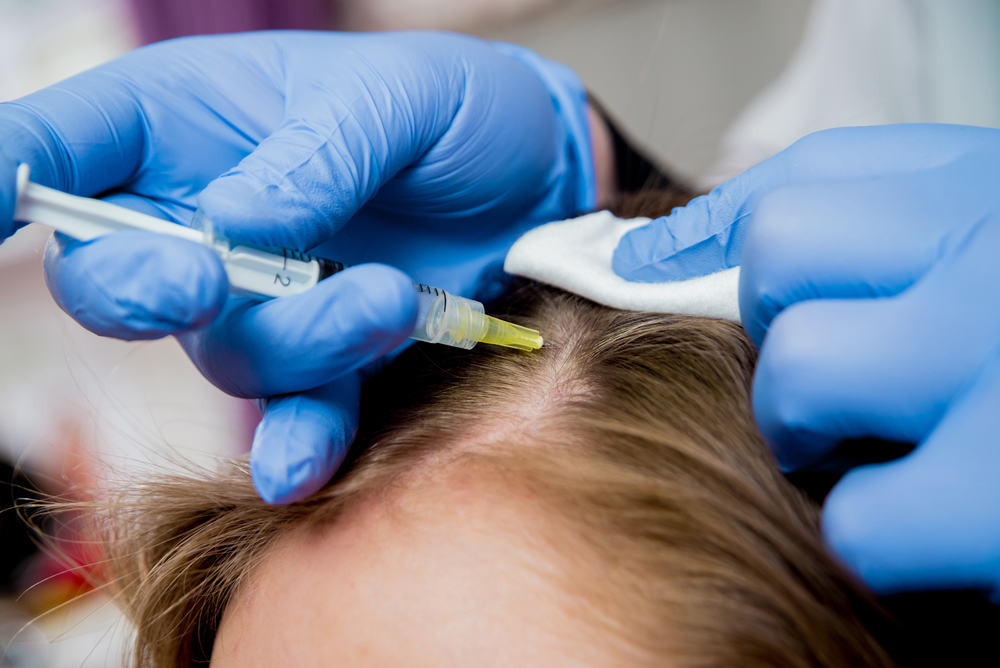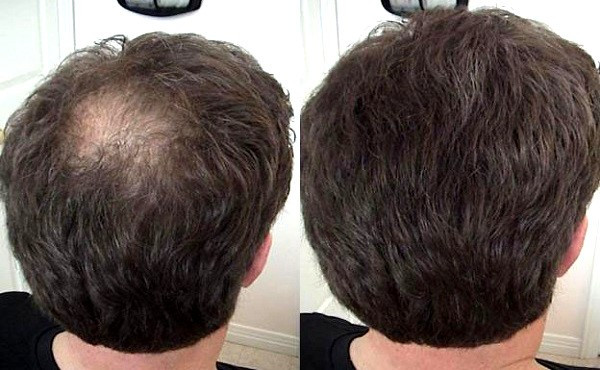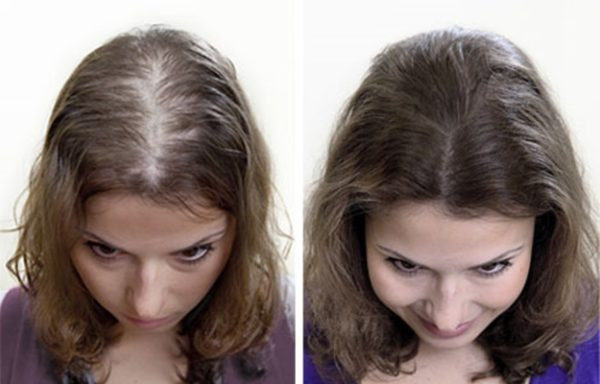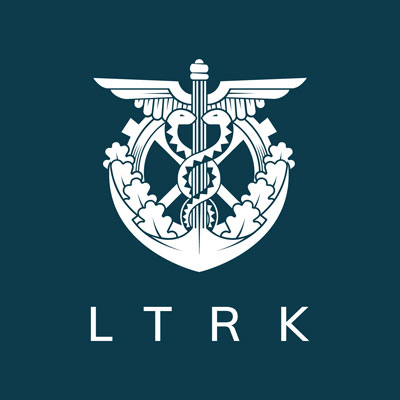PRP - Platelet Rich Plasma therapy in hair restoration
At hair transplant clinic Rubenhair Latvia we have been performing PRP therapy as a proactive therapeutic option for male and female patients experiencing hair loss. PRP is an exciting non-surgical therapeutic option for patients who require stimulation of hair growth for hair loss conditions.
Recent scientific research and technology provide the medical community with new understandings of wound and tissue healing. As a result of these scientific studies PRP is an all-natural autologous medical procedure performed in physicians' offices for scalp, skin, and hair stimulation.
While studies are slowly being published in the medical literature on the success of PRP, the hair restoration community remains cautious about making claims for hair restoration using exclusively PRP. In a recent study published in Dermatologic Surgery, physicians in Korea published data supporting the clinical application of PRP in hair restoration.
How does PRP work?
Human blood contains mesenchymal stem cells and autologous blood products that contain essential and specific growth factors that assist in tissue regeneration and healing. Published medical literature from Europe and the United States confirms the safety and use of PRP therapy. It has been used as a medial adjunct therapy for over two decades for skin and wound healing.
PRP therapy has established itself to be effective as a medical treatment modality in the specialty fields of oral surgery, neurosurgery, plastic and cosmetic surgery, sports medicine, and orthopedics. It has been used extensively in these specialties for the last twenty years with generally positive outcomes and success. In the field of hair restoration, evidence supports PRP therapy as a promising treatment option to promote hair growth. No claim can be made of its efficacy. While PRP is in the early stages of scientific research in hair restoration, PRP is not meant to replace current FDA-approved therapies such as DHT blockers and Minoxidil. But it is a promising non-surgical therapeutic option for those patients with hair loss.
How do you perform the procedure?
Blood is drawn in our clinic as though you are having routine blood testing at your primary care physician’s office. The blood is spun in a centrifuge and the PRP is separated and removed from the rest of the blood.
The PRP is taken from your body and is specially prepared by spinning down the blood cells to a high concentration. It is a closed sterile system and the platelets are concentrated to 3X the normal blood values. The system eliminates granulocytes which hurt tissue regeneration and wound healing. An anesthesia block is given to the nerves of the scalp so the patient does not feel any pain. The highly concentrated platelet-rich plasma (PRP) is then injected into the scalp. The patient’s hair is then washed and the patient may drive home without any assistance. No sedation or any medication is given during the procedure to inhibit the ability to drive or use machinery.
PRP contains many growth factors that stimulate the hair follicle’s growth. PRP can be used preoperatively, intraoperatively, or post-operatively. Some patients chose to have PRP performed every three (3) to four (4) months as early data suggests regular or semiannual PRP treatments that may stimulate hair growth.
The science of PRP
PRP contains special cells called Platelets, that can theoretically cause the growth of the hair follicles by stimulating the stem cells and other cells in the microenvironment of the hair follicle. These special Platelet cells promote healing, accelerates the rate and degree of tissue healing and regeneration, respond to injury, and formation of new cellular growth. The primary purpose of using PRP in hair restoration is to stimulate inactive or newly implanted hair follicles into an active growth phase. Inside the Platelets are many intracellular structures such as glycogen, lysosomes, and alpha granules. These granules within the PRP contain clotting and growth factors that are eventually released during the healing and repair process.
PRP specific cells that cause hair growth include:
- Platelet-Derived Growth Factor (PDGF)—promotes blood vessel growth, cell replication, skin formation.
- Transforming Growth-Factor-Beta (TGF-b)—promotes the growth of matrix between cells, bone metabolism.
- Vascular Endothelial Growth Factor (VEGF)—promotes blood vessel formation.
- Epidermal Growth Factor (EGF)—promotes cell growth and differentiation, blood vessel formation, collagen formation.
- Fibroblast Growth Factor-2 (FGF-2)—promotes the growth of specialized cells and blood vessel formation.
- Insulin-Like Growth Factor - (IGF)—a regulator of normal physiology in nearly every type of cell in the body.
Get back your confidence and improve the quality of your life! Schedule an appointment with our doctors now!
Call +371 267 777 76 or fill in the online form and one of our staff will get back to you to confirm an appointment.









